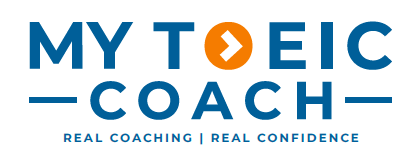📝 Why “They Sent the Email” Isn’t Always Right on TOEIC
How TOEIC Tests You on Who Did It… or Didn’t
How TOEIC Tests You on Who Did It… or Didn’t
It’s easy to say:
They sent the email.
Clear. Direct. Confident.
But TOEIC loves to remove the “they” — and watch if you notice. Suddenly, there’s no person, no group, no sender. Just… the thing itself. And that changes everything.
1️⃣ The Hidden “Who” Trap
Wrong:
The documents ___ to the manager yesterday.
(A) send
(B) were sent
(C) sends
(D) sending
If you see no person doing the action, that’s a red flag.
Correct: (B) were sent — Someone else did it, but they’re not named.
TOEIC loves giving a subject that didn’t do the action — and testing if you catch it.
2️⃣ Can the Subject Do the Action?
Ask yourself:
If yes → the active form might be right.
If no → the “done to” form is usually right.
Example 1:
The team ___ the email.
(A) sent
(B) send
(C) was sent
(D) sending
✅ Answer: (A) sent — The team can do the action.
Example 2:
The email ___ yesterday.
(A) send
(B) sent
(C) was sent
(D) sending
✅ Answer: (C) was sent — The email didn’t send itself.
3️⃣ Why TOEIC Tests This
In real business English, the focus is often on results, not who did them:
The order was shipped on Monday.
The changes were approved by the board.
TOEIC reflects this reality — and checks if you can spot it under time pressure.
4️⃣ Classic TOEIC Question
The package ___ before noon.
(A) arrive
(B) arrived
(C) was arrived
(D) was delivered
✅ Answer: (D) was delivered — Packages don’t deliver themselves. A person did it, but isn’t named.
5️⃣ Quick Clues to Spot It
Watch for:
Subjects that are things (email, order, contract, results).
Extra phrases like “by the manager,” “to the customer,” “before the meeting.”
Common correct forms:
was sent / were sent
was completed / were completed
has been approved / have been approved
📌 Strategy / Takeaway
Check if the subject can actually do the action.
If not — and no person is named — pick the “done to” form.
Look for clue phrases like “by…” or “to…” that follow the action.
Key line to remember:
If they don’t say who did it… passive might be the answer.
Final Word
TOEIC doesn’t care who did the action — it cares if you can spot when something was done to the subject. See it, pick it, score the point.
For more strategies and resources to master TOEIC “who did it” traps, visit the English Library Collection and start locking in passive recognition confidence today.

